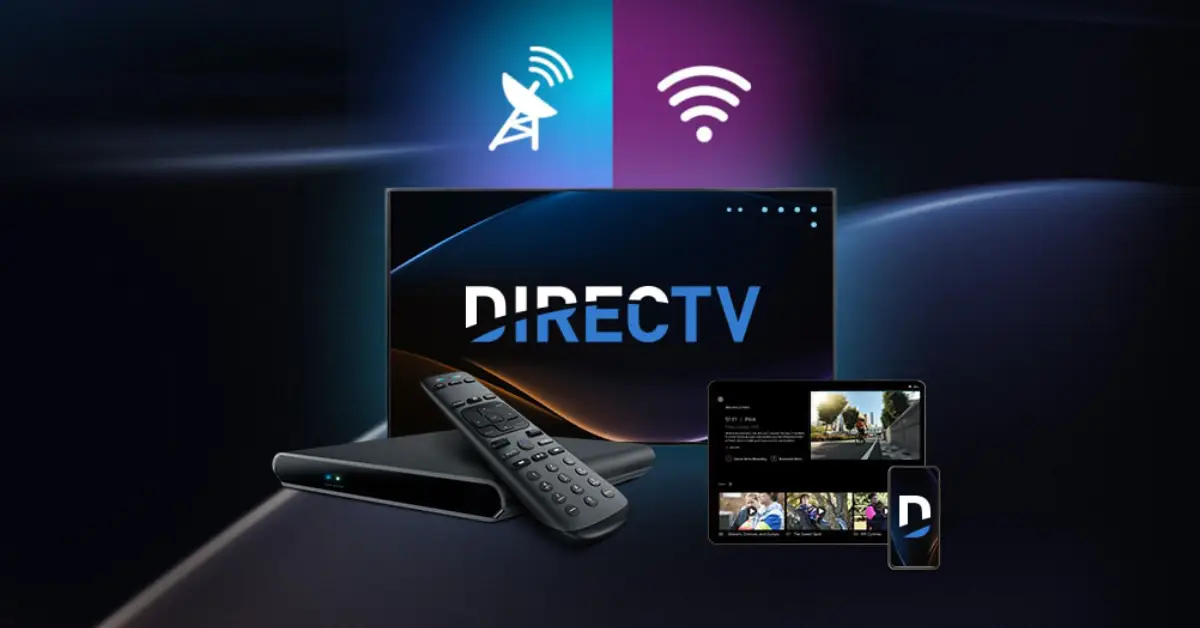
Key Points:
- DirecTV says requiring it to carry NextGen TV signals could force the company to spend $15 million in new equipment.
- DirecTV’s use of “spot beam” technology is at capacity, and the satellite company says it cannot simultaneously support NextGen TV with the current ATSC 1.0 standard.
- The broadcast TV industry is rallying around a proposal to transition all signals to NextGen TV, saying the burdens are outweighed by the benefits.
Pay television company DirecTV is urging federal regulators to closely scrutinize a proposal to transition the country from one digital broadcast standard to another, saying the move could materially impact its ability to deliver local TV stations to its satellite TV customers.
In a letter filed with the Federal Communications Commission (FCC) last week, an attorney for the American Television Alliance (ATVA) outlined a meeting between the agency’s representatives and officials at DirecTV, who warned that the transition from ATSC 1.0 to ATSC 3.0 — also known as “NextGen TV” — could make it difficult, if not impossible, for millions of satellite customers to receive their local channels.
The letter claims it will be too expensive for DirecTV to acquire the equipment needed to receive and re-encode NextGen TV signals — the company says it will need to spend around $8,000 per broadcast feed in order to support NextGen TV signals, and DirecTV will bear the brunt of that cost because the broadcast industry and the federal government have not launched funding assistance programs meant to help ensure cable and satellite companies can continue receiving and processing local TV signals if a transition takes place.
The broadcast industry has backed a proposal to transition all ATSC 1.0 television stations to NextGen TV within the next few years. The FCC has not weighed in on the proposal, but has opened a period of public comment on the matter that is meant to help influence any future decision-making process.
Broadcasters say the benefits of NextGen TV outweigh the burdens: It allows local TV stations to catch up to the technical capabilities and business opportunities of streaming services by commingling their traditional, over-the-air signals with broadband technology.
Many of the benefits of NextGen TV, including hyper-local notifications and targeted advertising, require a compatible TV or tuner to connect to the Internet. It also requires TV sets and tuners to integrate proprietary and patented technology, including codecs, some of which are still being worked through.
The broadcast TV industry is rushing to get its proposal approved, largely for political reasons. President Trump’s hand-picked appointee to lead the FCC, Brendan Carr, has signaled a willingness to approve a long list of wishes and desires by local TV and radio broadcasters, including proposals that allow for the development of new technology and a significant overhaul of media ownership rules that opens the door for consolidation.
The shot clock on any such action involving NextGen TV and those other initiatives is slightly more than a year: In addition to favorable regulators within the FCC, broadcasters are leaning on a Republican majority in Congress to help them effectuate more business deals and eliminate unfavorable laws and restrictions. The 2026 Midterm election could result in a Congressional shift that chips away or entirely eliminates the Republican majority, which could open the door for tougher laws or, at the very least, a stalemate on progress.
DirecTV’s pushback is likely to receive little consideration by the FCC in its current incarnation, but that doesn’t mean the company isn’t trying.
In their letter earlier this month, DirecTV claimed it can only provide customers with ATSC 1.0 broadcast signals for two reasons: The first is owed to the prohibitive cost of buying new equipment to pull in NextGen TV feeds, and the second has to do with the company’s use of “spot beams” to ensure most local TV channels are only received by customers who live in the appropriate areas.
Nilsson wrote that DirecTV is already at capacity in terms of its ability to provide ATSC 1.0 signals and its use of spot beam technology, and the company’s can’t simultaneously support ATSC 1.0 and NextGen TV signals because it doesn’t have the spectrum to do so.
“Those spot beams have been allocated sufficient capacity for current carriage requirements in specific local markets and cannot be repointed,” Nilsson said. “Thus, they have no capacity left for carriage of an additional ATSC 3.0 signal from each station.”
Nilsson said the FCC can ease the matter for DirecTV by adopting a technical specification called A/370, which would allow NextGen TV signals to be converted into a format that it and other cable and satellite companies can receive. Such a process would effectively create a backwards-compatible ATSC 1.0 version of NextGen TV broadcast signals, he argued.
That only solves the technical side of the equation, Nilsson argued — there would still be questions over who has to support the cost of delivering live TV signals to customers. With each receiver currently priced at $8,000, DirecTV said it might have to shell out $15 million to support NextGen TV, given that it currently offers more than 1,500 local TV feeds.
“These costs would bring with them no benefits whatsoever for DirecTV’s subscribers because DirecTV will only be able to provide an ATSC 1.0 feed to customers,” he said.
—